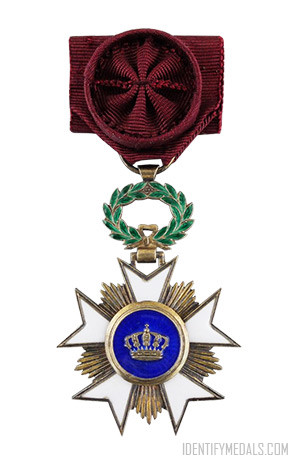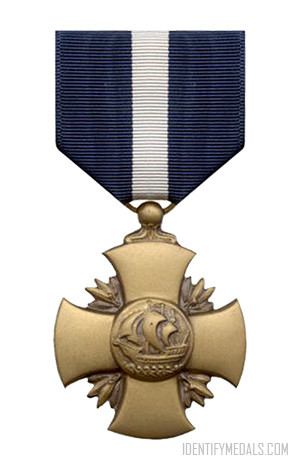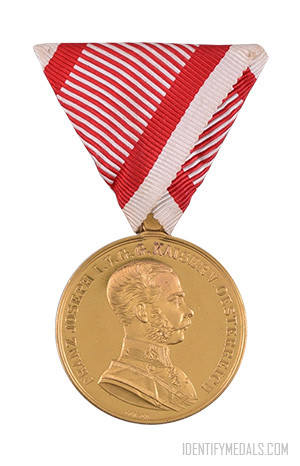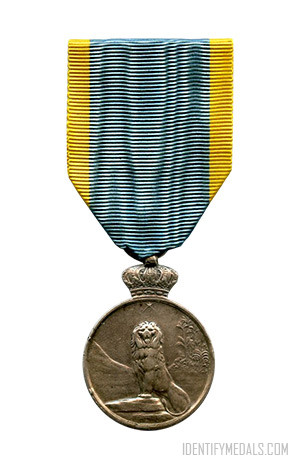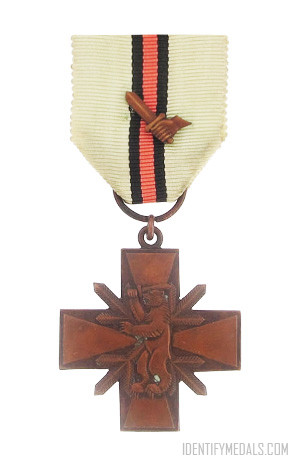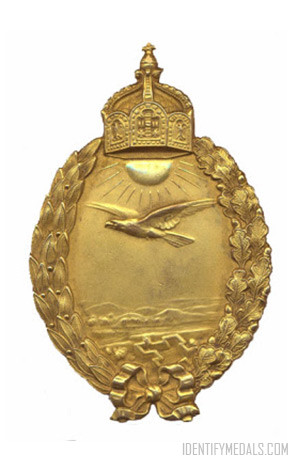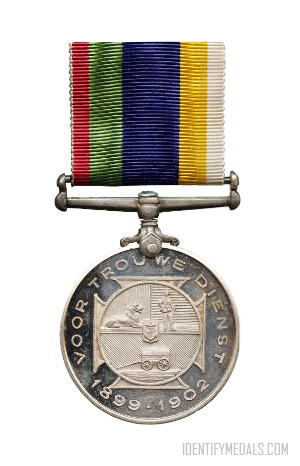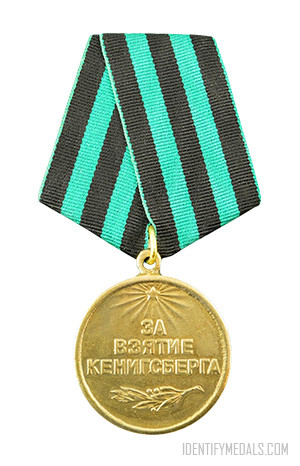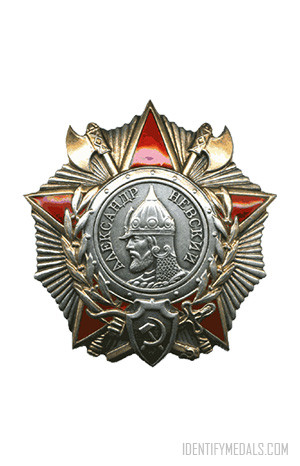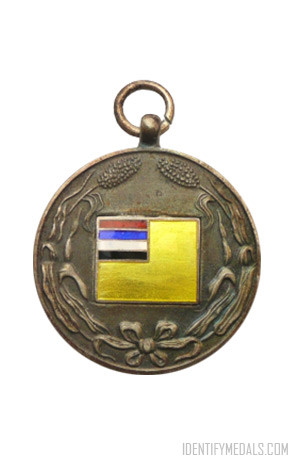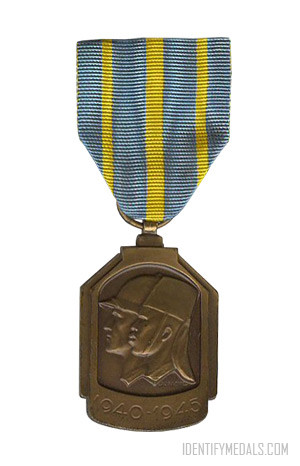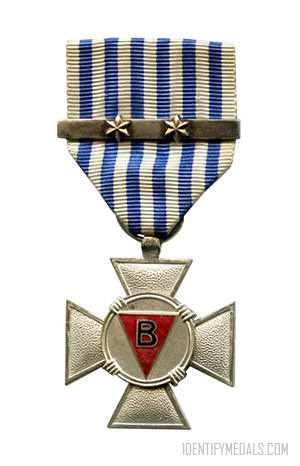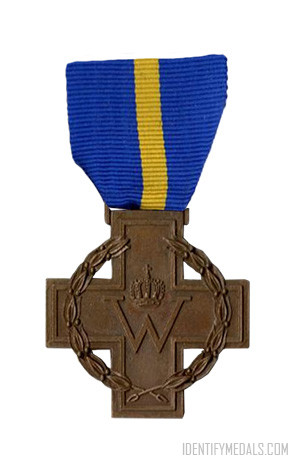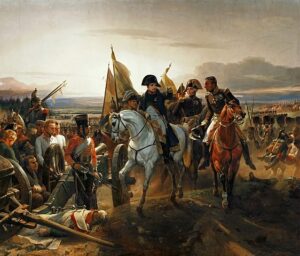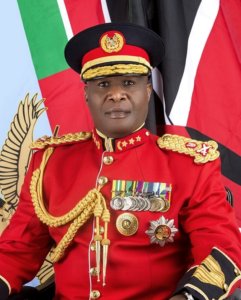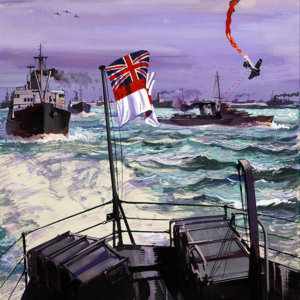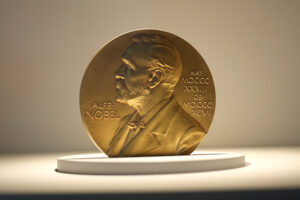- Time Period: Pre World War I
- Institution: 15 October 1897
- Country: Belgium
The Order of the Crown (Ordre de la Couronne / Kroonorde) is a national order of the Kingdom of Belgium established on 15 October 1897. It’s one of Belgium’s highest honors.
The Order was established by King Leopold II and initially intended to recognize heroic deeds and distinguished service achieved for service in the Congo Free State. In 1908, the Order of the Crown was made a national honor of Belgium, junior to the Order of Leopold.
Currently, the Order is awarded (by Royal Decree) for meritorious service in public employment and for distinguished artistic, literary or scientific achievements, as well as for commercial or industrial services in Belgium or Africa.
The Order of the Crown is awarded in five classes, plus two palms (golden and silver) and three medals (gold, silver and bronze):
- Grand Cross.
- Grand Officer.
- Commander.
- Officer.
- Knight.
The Order of the Crown Design
The badge is a white-enameled Maltese cross with silver or gold straight rays. The obverse bears a gold crown on a blue enameled background and the reverse the monogram “L” (for King Leopold II) on a blue enameled background. It’s suspended from a green-enameled wreath of laurel and oak leaves.
The medal is round with a suspension in the form of a royal crown with two pendelia and a ribbon ring. The obverse shows a finely ribbed central area with bead surround, with the royal crown superimposed and the motto of the Belgian Congo: Travail et Progrès (work and progress). The reverse is a stylized ‘double L’ crowned Leopold II monogram within a palm wreath.
The ribbon is plain maroon, although some exceptions have been made such as added crossed swords when awarded in wartime and a vertical gold border on both sides for a special act of valor.

